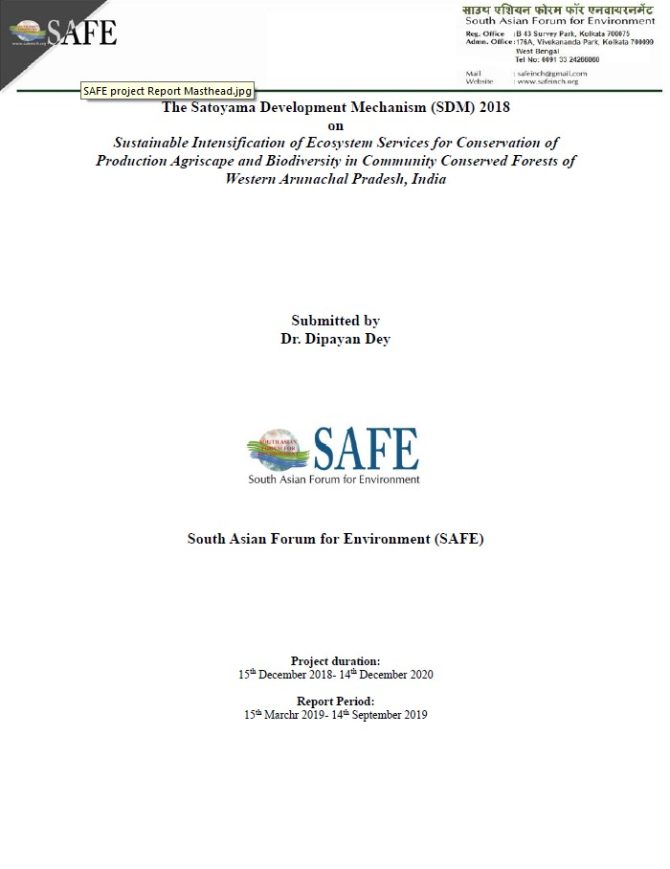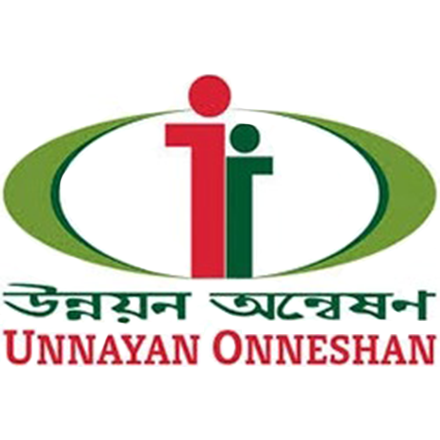Geospatial Resource Map and Report
In several parts of the world agriculture is the leading land use and considered as the backbone of the rural economy (Brett et al., 2009). Livelihood of a large share of population in the Himalayan region is still dependent on subsistence farming in the marginal hilly tracts. However, several physical and socio-economic limiting factors including poor soil fertility, marginal land holdings, water scarcity, and lack of farm mechanism have in many cases made the hill agriculture less sustainable. Comprehensive research considering both the ecological and socio-cultural problems as well as potential advantages related to the hill agriscapes is imperative for better understanding, proper resource management, and livelihood sustenance of the hill populace (Pratap, 2011). Formulation of appropriate planning and policy guideline for sustainable resource management requires land use information at pertinent temporal and spatial scales (Brett et al., 2009). In this backdrop, agricultural resource mapping, identification and plotting of the ‘practice changes’ have been made an integral part of the present study, which aimed at identifying existing resources and formulating a place-based agriscape management framework towards sustainable intensification of ecosystem services in the study area.
- Country
- India
- Organisation
- South Asian Forum for Environment (SAFE)
- Publisher
- South Asian Forum for Environment (SAFE)
- Publication date
- August 1970

